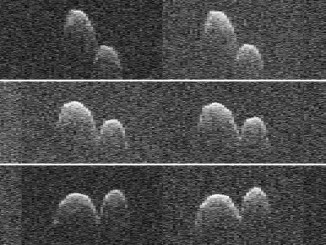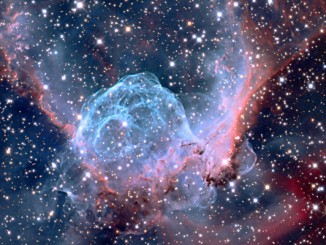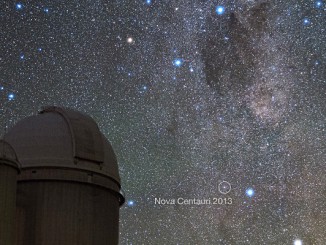
Neutron star takes on black holes in jet contest
A team of scientists in Australia and the Netherlands has discovered powerful jets blasting out of a star system known as PSR J1023+0038 that consists of a super-dense neutron star in a close orbit with another, more normal star. It was previously thought that the only objects in the universe capable of forming such powerful jets were black holes.









